Skellefteå (SE)
Les Dossiers synthétiques et d'enjeux sont disponibles gratuitement.
Merci de vous inscrire et vous connecter pour accéder au Dossier complet de site.
- Dossier synthétique EN
- Dossier d’enjeux EN
- Le site sur Google Maps
- Retour à la carte
Données synthétiques
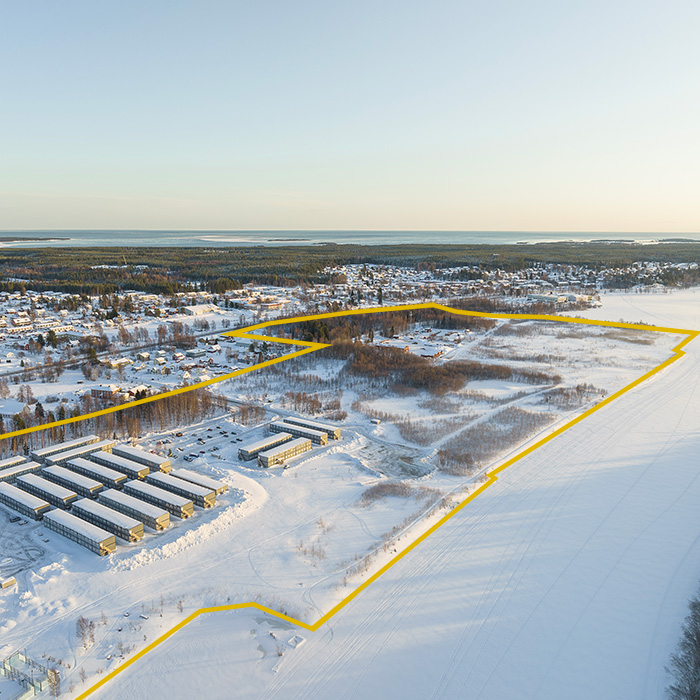
SKELLEFTEÅ (SE)
Scales XL/L
Team representative Architect, urban planner and landscape architect
Location Ursviken, Skellefteå
Population 74 000 inhabitants
Reflection site 800 ha - Project site 40 ha
Site proposed by Skellefteå Municipality
Actors involved Skellefteå Municipality
Owner(s) of the site Skellefteå Municipality
Commission after competition The prize winning team(s) will continue the work with the competition assignment in a workshop with the municipality, with an option for further work towards an implementation of the proposal, including workshops, various planning documents, illustrations, drawings and citizen dialogues.
Information complémentaire
Inhabited milieu's challenges
The green industrial transformation is also shifting the direction for Northern Sweden. In recent years, the municipality of Skellefteå has become a Swedish and European symbol of growth, future-proof energy solutions and ground-breaking technology. The largest battery factory in Europe has been established in Skellefteå. Together with the richness of natural resources from forests, rivers and minerals, as well as well-developed renewable energy production, it gives this city in the periphery of Europe, unique conditions for the new green industries from a global perspective. The region that until recently had a long period of low development now attracts multi million industrial investments.
Skellefteå is growing from 74 000 inhabitants to 90 000 in 2030, with the expectation to continue growing even further. Hence, the need for new residences is very high.The project site at stake is a former wood pulp industrial area. Part of the soil is after a decontamination still not reaching the requirements for safe houses. The proposals should present new residences in a living and attractive milieu while taking care of the existing values such as the direct closeness to the river and surrounding nature, offering opportunities to flourish again.
Planning and building the new area of Scharins, gives the opportunity to take care of abandoned industrial land with historical traces, set in a beautiful scenery along the river.Today the site is overgrown with bushes that makes it barely accessible. Treating the soil and creating strategies for a healthy living environment will add values to the area, improving conditions for natural and urban life in co-existence. The abandoned land is not to be seen as a blank paper for development. Beyond handling the soil’s remaining contamination, it will be impor tant to map the site with traces and narratives from history, the landscape, climate conditions, context of building traditions, scales and typologies and the high and extraordinary development rate for Skellefteå.
Questions to the competitors
The vision is to transform Scharins into an exclusive living environment, surrounded by greenery and water. How can new life be given to this barren land that once was a prosperous harbour for global trade and production? The area should offer a mix of housing and businesses as well as areas for recreation and lei- sure activities. The proposals should include 1000–3000 homes. The scale should be relatively low, to fit in with the surroundings, mainly consisting of residential blocks. Proposals should demonstrate:
• A vision of transforming this old industrial site to a vibrant neighbourhood where people, animals and nature may co-exist in a unique place close to the river.
• Innovative and sustainable solutions to build safe residences despite the partly contaminated ground. Are there experiences and lessons from other locations with similar challenges, that can be applied to Scharins?
• Ways to build on the exclusive location next to the river and the creation of recreational opportunities for residents and the public.
• How can the new residential area highlight the history of the location, taking into consideration the previous function as a prosperous global trading port and the wood industries?
• How can accessibility to Scharins increase for residents and visitors?
• How to strengthen the area as a meeting place for a variety of people, encompassing housing, companies and recreational facilities. What functions, businesses and services could be added?
• Ways to enhance biological diversity and climate change adaptation, e.g. through increased and varied vegetation, improvements of the nearby stream, and by taking care of access water.
• How to facilitate social integration through a diversity of residences and forms of tenure.
• The arctic climate must be taken into consideration.
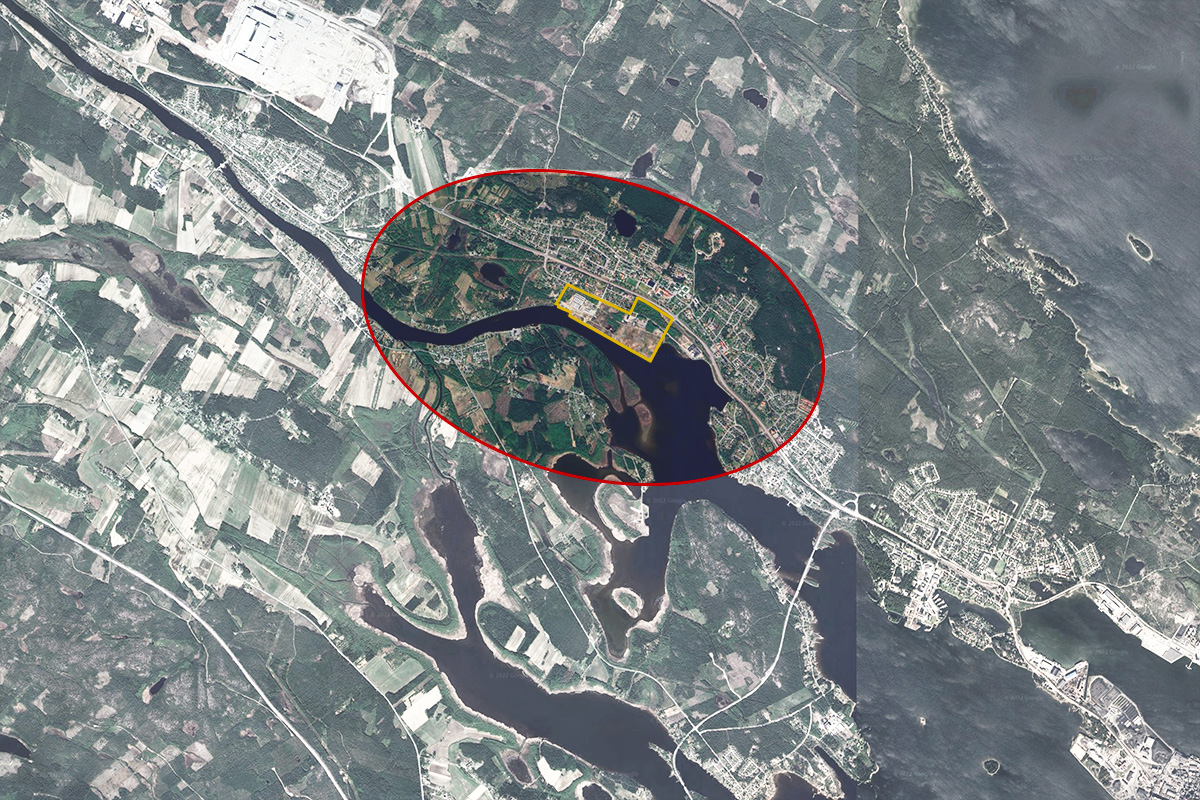
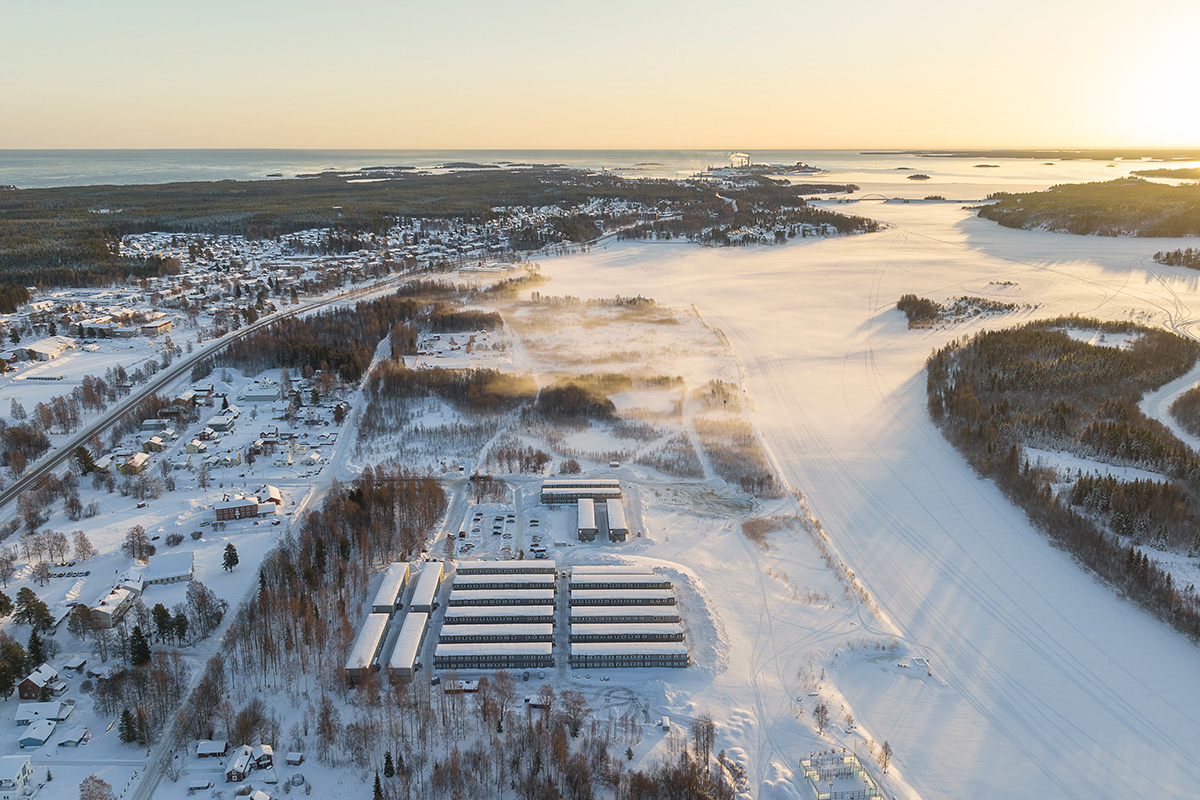
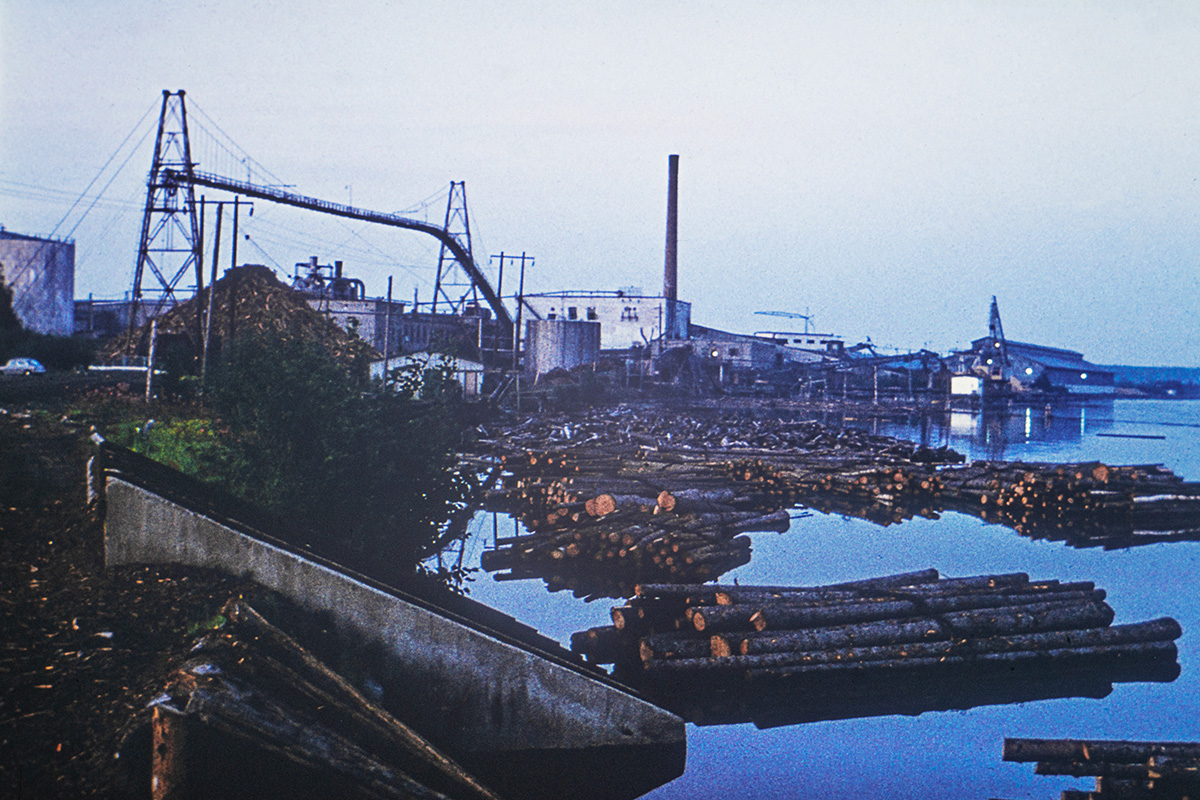
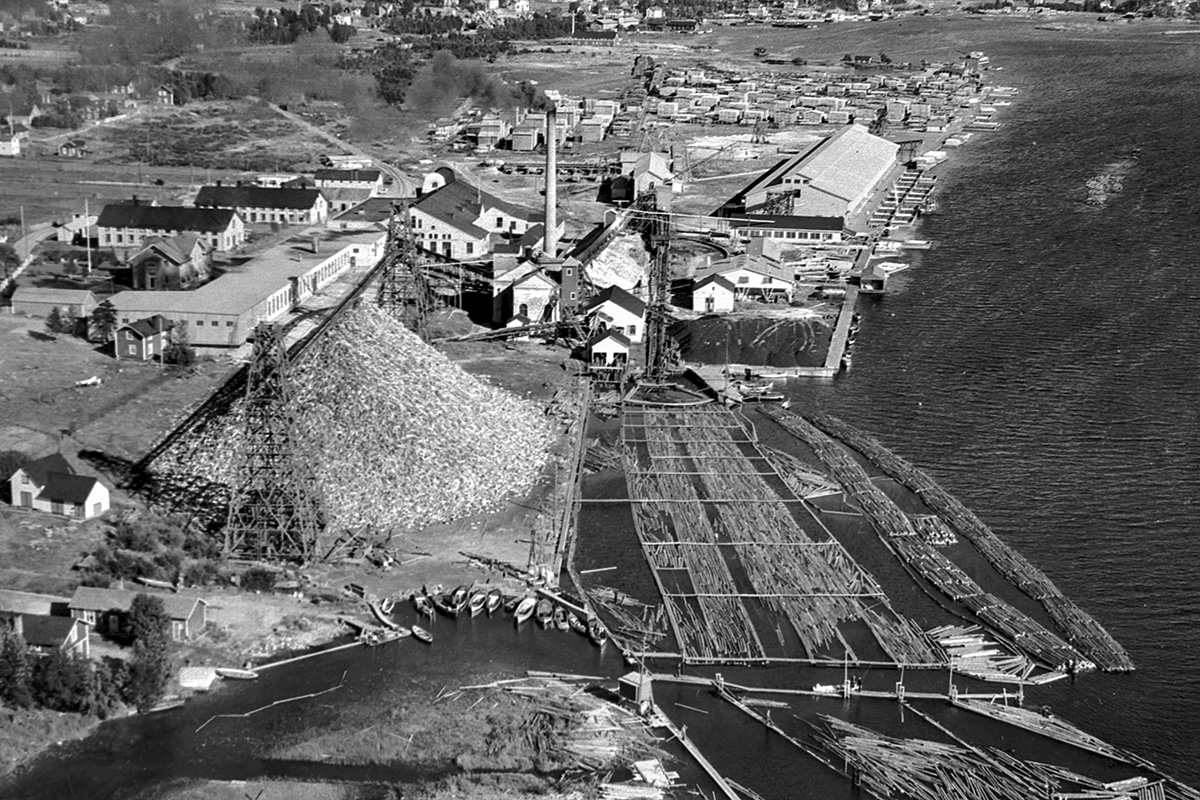
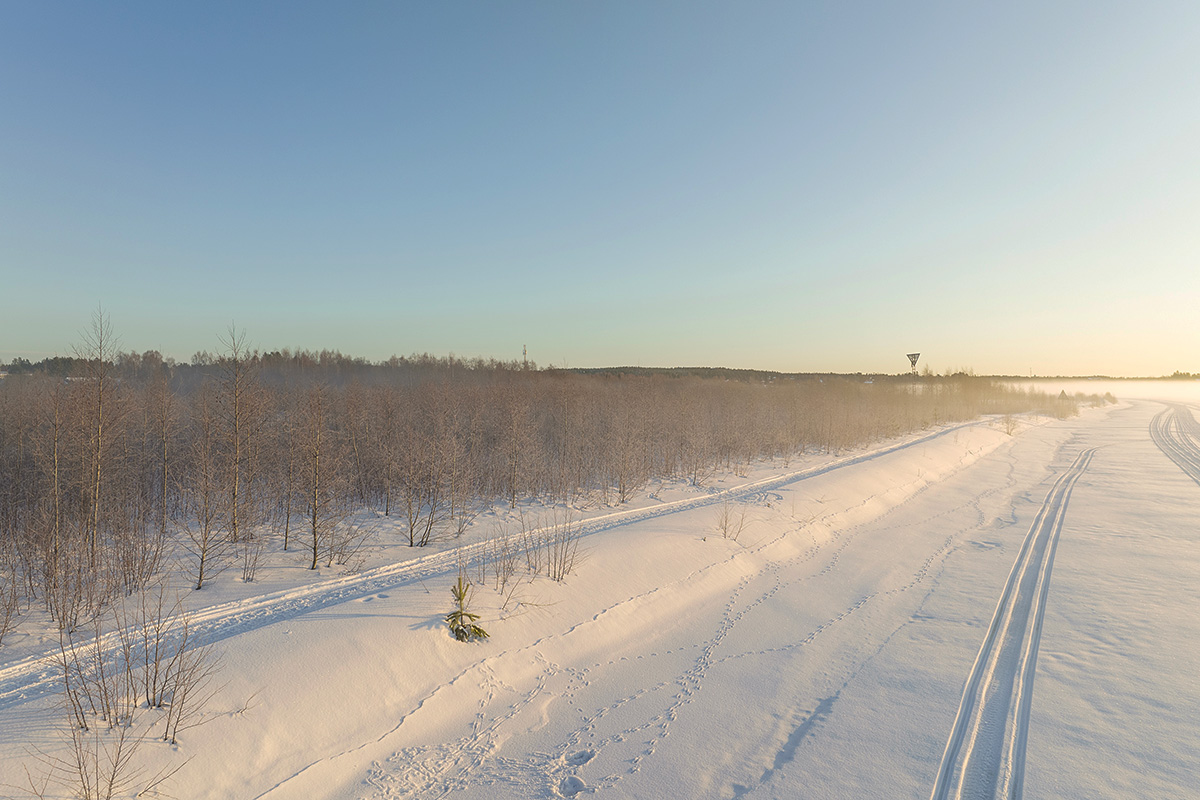
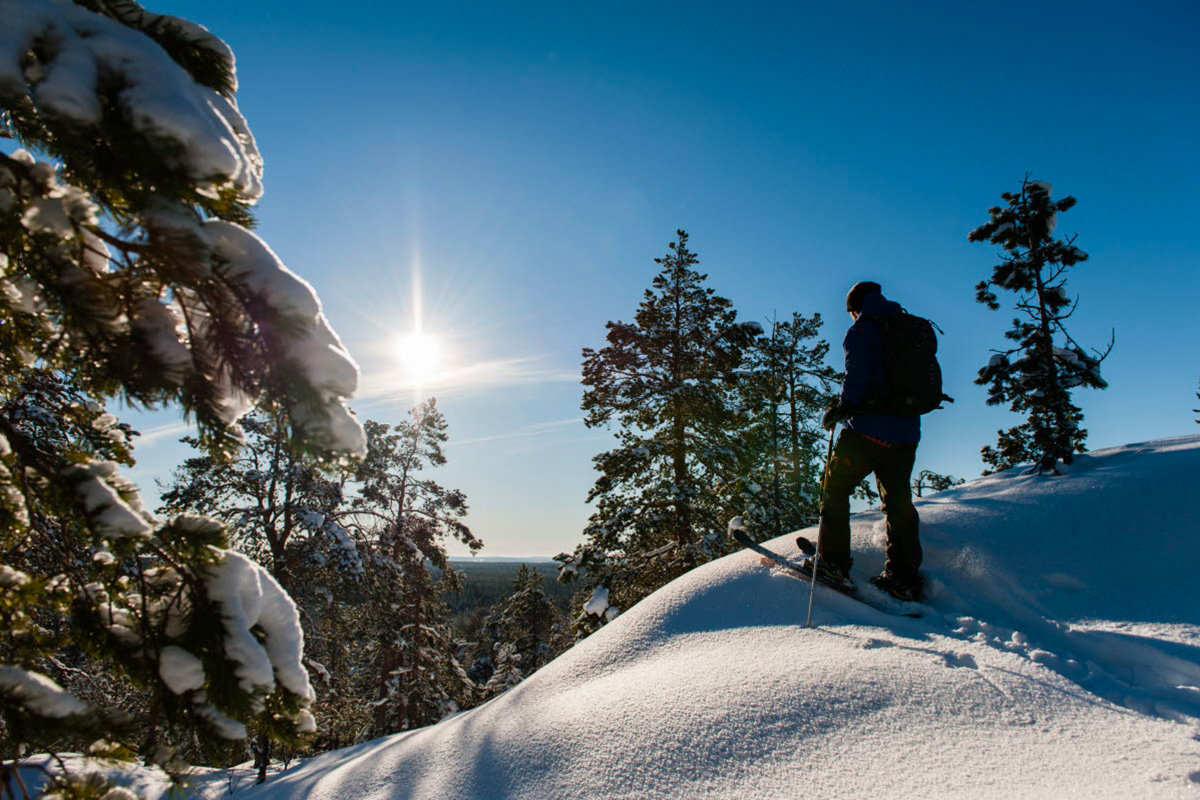
Questions à propos du site
Will you be adding information under these two (2) (now empty) headlines? PS-e_maps-topography (0) PS-f_maps-characteristic-elements (0)
We will not be adding more information under topography or characteristic elements, as the topographical information is already included in the dxf files under other headlines and we have not considered that other characteristic elements needed further detailed information. This could, of course, change in the case of the competitors needing more specific information.
Hi! In the Skellefteå Brief, there's a map of the contaminated soil at the site, with dots for Metal & Dioxine. Under the map it says: "for further information, see Appendix" In the end of the brief there's Appendix 1 & 2 but with no further info about the contamination of the site, as far as I can see?
For further information (in swedish) on the contaminations please see the links below:
- Map of the contaminated soil: Scharins (arcgis.com)
- Municipality’s website for Scharins decontamination: Saneringsprojekt - Skellefteå kommun (skelleftea.se)
- Final report of the decontamination (2020): Slutrapport för hela scharinsprojektet 2005-2017 20201124.pdf (skelleftea.se)
Will you publish the site visit and where?
Yes, the site visit video will be published in the site area in Europan Europe´s website and in the Europan Sweden youtube channel
Le site est lié au thème suivant
PENSEZ TABULA NON-RASA! À travers le monde, certaines réserves naturelles sont des déserts - chauds ou froids ; elles abritent cependant toutes sortes d'animaux et de micro-organismes cachés dans les fissures, dans les crevasses et sous les rochers. Certains sites semblent vides, inoccupés ; ils ne le sont pourtant pas. Ils sont pleins de vie, cachée dans le sol ou dans l'air. Ils font partie d'un équilibre plus large de forces et de processus naturels. Sur ces sites, un grand nombre de nouveaux programmes est nécessaire. Il faut voir ces sites comme une chance de multiplier les formes de vie. Voir la demande de construction de nouveaux habitats comme une chance de concevoir un environnement global. Il faut penser tabula non-rasa !
Concevoir de nouveaux habitats comme milieu global
Documents spécifiques
Questions à propos du site
Pour pouvoir poser une question, vous devez être connecté (et, par conséquent, inscrit au concours).
Ve. 2 Juin 2023
Date limite de soumission des questions
Ve. 16 juin 2023
Date limite de réponses aux questions
Avant de soumettre votre question, assurez-vous qu'elle n'apparaît pas déjà dans la FAQ.
Merci de poser vos questions sur les sites dans le menu Sites.
Merci de poser vos questions sur le règlement dans le menu Règlement.
Si votre question ne reçoit pas de réponse dans les 10 jours, merci de vérifier qu'elle ne figure pas dans la FAQ sous un autre intitulé ; sinon, contactez le secrétariat concerné par email (secrétariats nationaux pour les sites, secrétariat européen pour le règlement.)